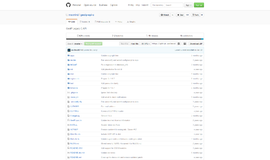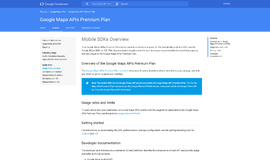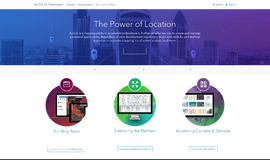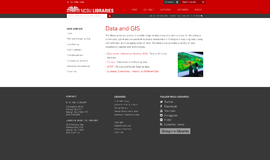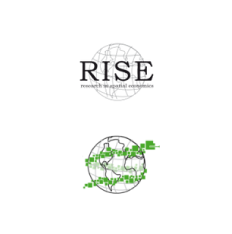
What is it all about?
Analytical regionalization (also known as spatially constrained clustering) is a scientific way to decide how to group a large number of geographic areas or points into a smaller number of regions based on similarities in one or more variables (i.e., income, ethnicity, environmental condition, etc.) that the researcher believes are important for the topic at hand. Conventional conceptions of how areas should be grouped into regions may either not be relevant to the information one is trying to i
Key Features
◾Key areal attribute to regionalize on: User regionalizes (or clusters) data based on different variables she considers ◾ important for her problem at hand. (i.e., use your own analytical regions versus normative or administrative regions) ◾Maximum or minimum number of regions. Threshold conditions of the maximum or minimum value that all regional clusters must meet for a given variable (i.e., a minimum threshold for a social or business project might be for all regions to have at least 100,000 people, or for an ecological project regions should have an area of at least 100 square miles). ◾Spatial contiguity constraints (W matrix , GAL, GWT formats), or they will be created for you based the shared geographic borders of your areal units. ◾Time-series signature clustering: not only can areas by clustered by a cross-sectional variable, but also by the correlation of their time-series signatures of the variable. ◾Non-geographic clustering: In a more general sense, our algorithms can also be extended to cluster non-geographic units based given some sort of a priori spatial (or topological) constraint.
Compare Products
Select up to three two products to compare by clicking on the compare icon () of each product.
{{compareToolModel.Error}}



